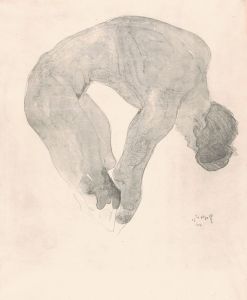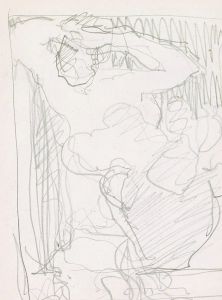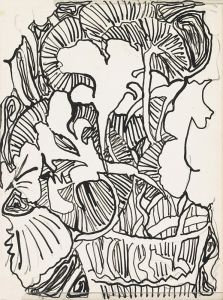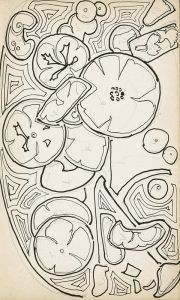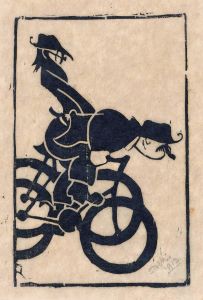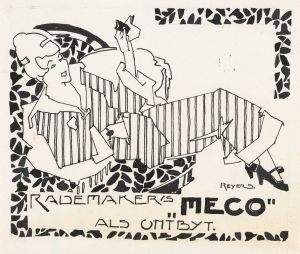
Anatomische studie van de rug- en bilspieren van een man in silhouet
A hand-painted replica of Reijer Stolk’s masterpiece Anatomische studie van de rug- en bilspieren van een man in silhouet, meticulously crafted by professional artists to capture the true essence of the original. Each piece is created with museum-quality canvas and rare mineral pigments, carefully painted by experienced artists with delicate brushstrokes and rich, layered colors to perfectly recreate the texture of the original artwork. Unlike machine-printed reproductions, this hand-painted version brings the painting to life, infused with the artist’s emotions and skill in every stroke. Whether for personal collection or home decoration, it instantly elevates the artistic atmosphere of any space.
Reijer Stolk (1896–1945) was a Dutch artist known for his contributions to graphic design, illustration, and fine art. One of his notable works, Anatomische studie van de rug- en bilspieren van een man in silhouet (translated as Anatomical Study of the Back and Gluteal Muscles of a Man in Silhouette), reflects his interest in anatomy and the human form. This artwork showcases Stolk's ability to combine scientific observation with artistic expression, a characteristic seen in several of his works.
The piece is a study of the human body, focusing on the musculature of the back and gluteal region. Rendered in silhouette, the artwork emphasizes the contours and structure of the muscles, presenting a simplified yet precise depiction of human anatomy. The use of silhouette suggests a deliberate choice to highlight the form and movement of the body without the distraction of intricate details or color. This approach aligns with Stolk's broader artistic style, which often balanced abstraction and realism.
Stolk was active during the early 20th century, a period when many artists were exploring the intersection of art and science. His anatomical studies may have been influenced by this cultural context, as well as by the longstanding tradition of artists studying anatomy to improve their understanding of the human figure. While specific details about the creation of this particular work are scarce, it is consistent with Stolk's interest in precision and his background in graphic design.
Reijer Stolk's career was tragically cut short during World War II, as he passed away in 1945. Despite his relatively brief life, his works remain a testament to his skill and versatility as an artist. Anatomische studie van de rug- en bilspieren van een man in silhouet is an example of his ability to merge artistic creativity with scientific inquiry, contributing to the rich tradition of anatomical art.
Further information about this specific artwork, including its date of creation, medium, and current location, is not readily available. However, it remains a significant piece within Stolk's body of work, illustrating his dedication to exploring the human form through art.





